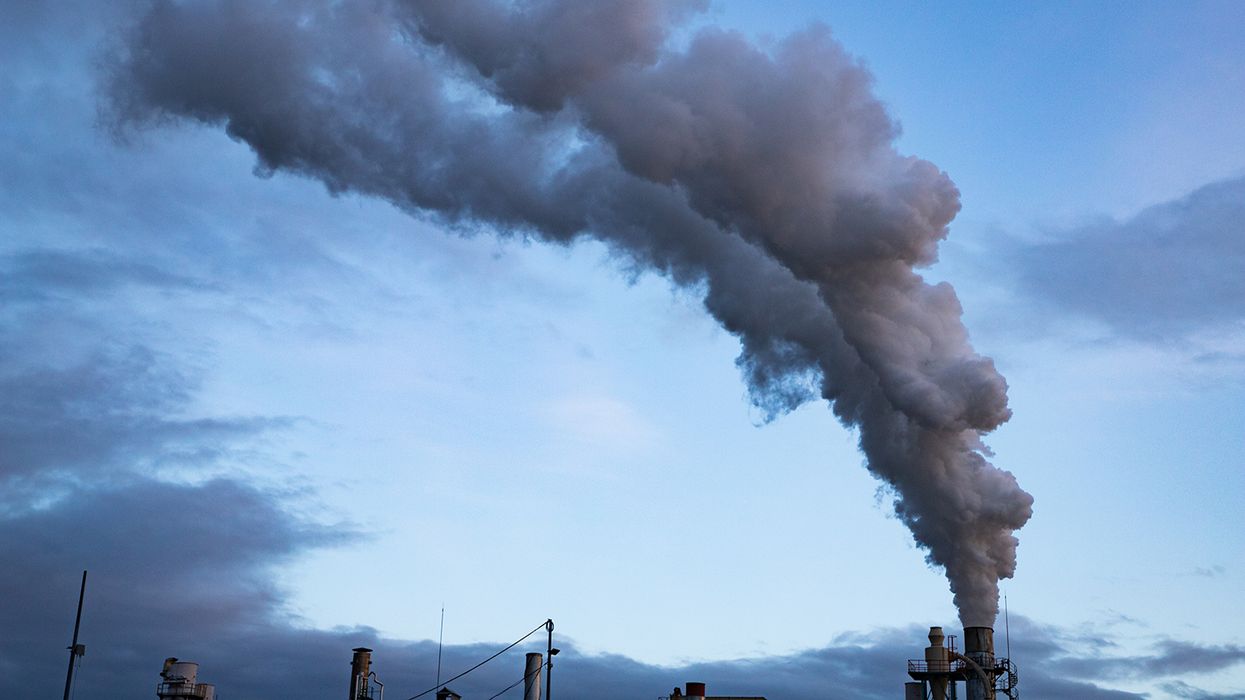Oregon-specific: Greenhouse Gas Reporting


Climate change has already started to impact Oregon’s environment. Evidence of this can be seen in the reduced snowpack, rising sea levels, and more frequent wildfires and drought in Oregon. Greenhouse gas reporting is a step towards trying to reverse this damage. Companies play a big role in improving emissions and accountability in that is key. This Fact File focuses on the state of Oregon and explains greenhouse gas reporting rules, applicability, and how to file annual reports.
Increasing concentrations of greenhouse gases such as carbon dioxide and methane is leading to global climate change. Carbon dioxide accounts for roughly 80 percent of Oregon emissions. It mostly comes from fossil fuel combustion in vehicle engines and the generation of electricity. The spot for the second highest emissions goes to methane. It comprises about 10 percent percent of the statewide total. For the most part, methane is from agricultural activities, landfills, and natural gas distribution. Greenhouse gas reporting helps to hold states and countries accountable and track data to better develop plans to decrease these harmful emissions.
The Environmental Quality Commission (EQC) accepted Oregon’s original greenhouse gas reporting rules in 2008. In 2010, Oregon began collecting annual greenhouse gas emissions data from emission sources. EQC updated reporting rules in 2020. These rules oversee the assortment of yearly greenhouse gas emissions information from the state’s largest sources such as industrial facilities with air quality permits, fuel importers, natural gas suppliers, electricity suppliers, and large landfills.
These requirements allow the Department of Environmental Quality (DEQ) to deliver thorough greenhouse gas emission data to perform emissions analysis and inform policy decisions statewide. DEQ also uses this data to compile the statewide greenhouse gas inventory. This makes reported data easily accessible to the public online.
In Oregon, any air contamination source (holding an Air Contaminant Discharge Permit or Title V Operating Permit) with direct emissions of 2,500 metric tons carbon dioxide equivalent or greater must report annual greenhouse gas emissions to the Greenhouse Gas Reporting Program. You may stop reporting ONLY after direct emissions are below 2,500 metric tons carbon dioxide equivalent for three years in a row. If your emissions go over 2,500 metric tons carbon dioxide equivalent any time after you stop reporting, you must resume reporting.
To help account for and verify emissions while limiting the reporting burden to regulated entities, DEQ requires reporting of emissions from:
Generally, a source that uses less than the following amounts of fuel, does not report to the Environmental Protection Agency (EPA), and does not produce greenhouse gas emissions from other sources is most likely under the reporting threshold. Quantities are in approximate fuel quantity per 2,500 metric tons of carbon dioxide equivalent.
Every Oregon source must report annual greenhouse gas emissions using the program’s online reporting tool, EZ-Filer. It is meant make the reporting process easy and reliable. It automates the tier 1 calculation process for fuel combustion and keeps source information, so a reporter does not have to re-enter it in upcoming years.
Sources must submit documentation that includes data inputs used in the equations to calculate emissions. Data inputs include but are not limited to fuel throughput, emission factors, and production volumes or product usage that are used to calculate emissions from industrial processes and stationary combustion not automatically calculated in EZ-Filer.
All sources subject to the reporting program need to report each year by March 31 unless otherwise stated by DEQ. You must retain emission data records for annual greenhouse gas reporting for at least five years. In some cases, it is as great as seven years for verifications reasons.
OAR Chapter 340 Division 215 – Oregon Greenhouse Gas Reporting Program
“Greenhouse Gas” means a unit of greenhouse gas, including carbon dioxide, methane, nitrous oxide, hydrofluorocarbons, perfluorocarbons, sulfur hexafluoride, and nitrogen trifluoride.
“Methane” means a hydrocarbon that is a main component of natural gas.
Note that when reporting, certain people need to provide an explanation of changes in emission totals between years. Large reporters with annual emissions over 25,000 metric tons carbon dioxide equivalent who have ALSO seen an increase of decrease of 5 percent between reporting years, must explain the changes.
Failure to follow proper air emissions reporting in Oregon can result in steep fines. In fact, the DEQ issued its largest fine to date in 2021, to a roofing manufacturer for such matters. They issued a $2.1 million fine to a Portland roofing material manufacturer for failing to control air pollution for a decade. The company operated for 10 years without the proper air quality permit and without proper pollution control equipment. They had uncontrolled emissions of formaldehyde, which can cause serious health effects. Avoid being like this company and make sure you have proper permits and are submitting your emissions reports on time.
